Facilities at SnT
State-of-the-art Equipment for Hardware and Software Testing
Our centre is home to more than ten labs that researchers can use to validate their ideas in computer vision, satellite communications, nanosatellites, autonomous driving, aerial and orbital robotics, server networks, cybersecurity, as well as artificial intelligence.
Our Labs
-
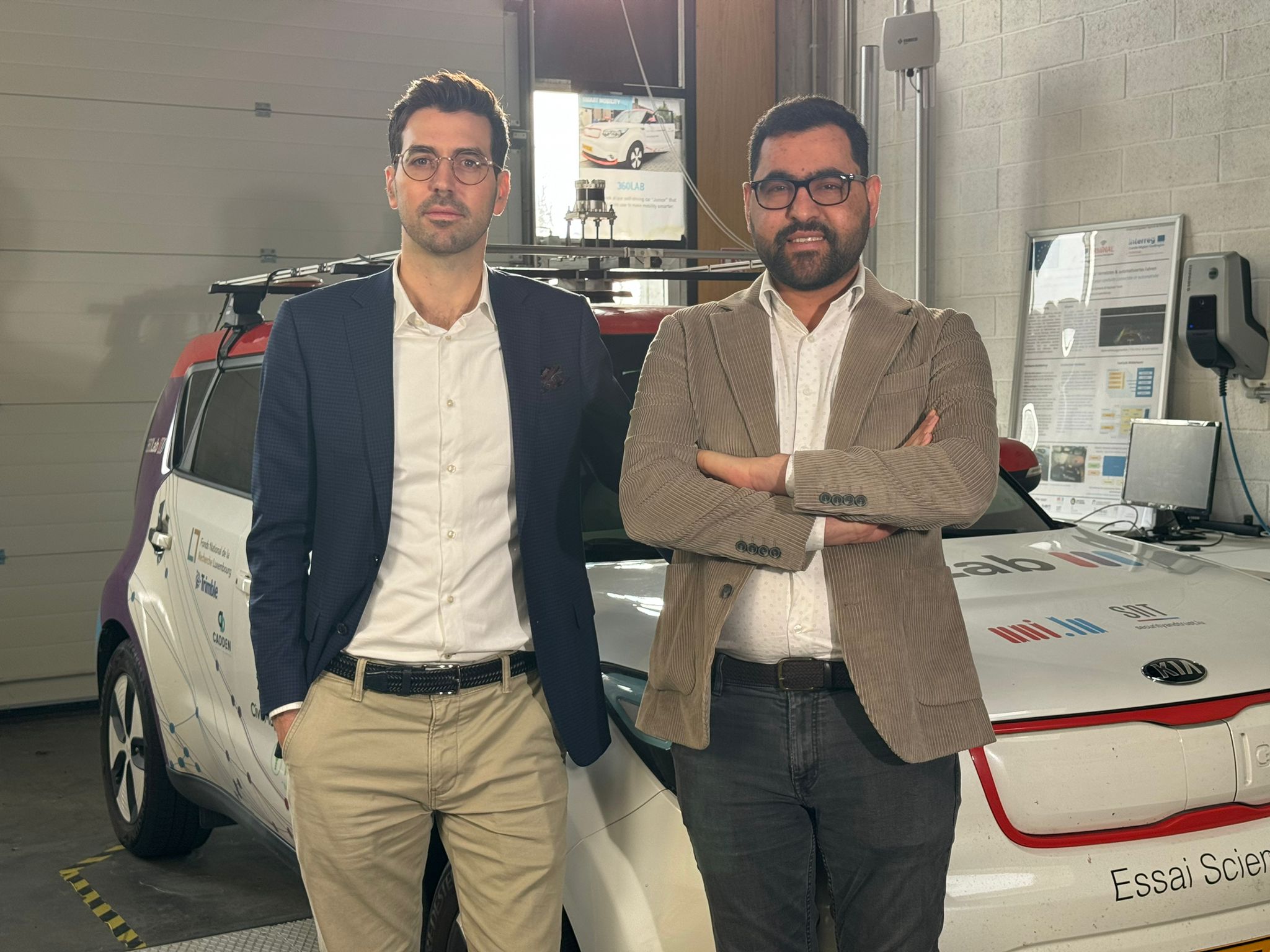
360Lab
The first thematic research laboratory focusing on smart mobility, it serves as an umbrella for research projects sharing common equipment and complementary expertise, to conduct strategic and collaborative research in the broader area of mobility innovation.
-
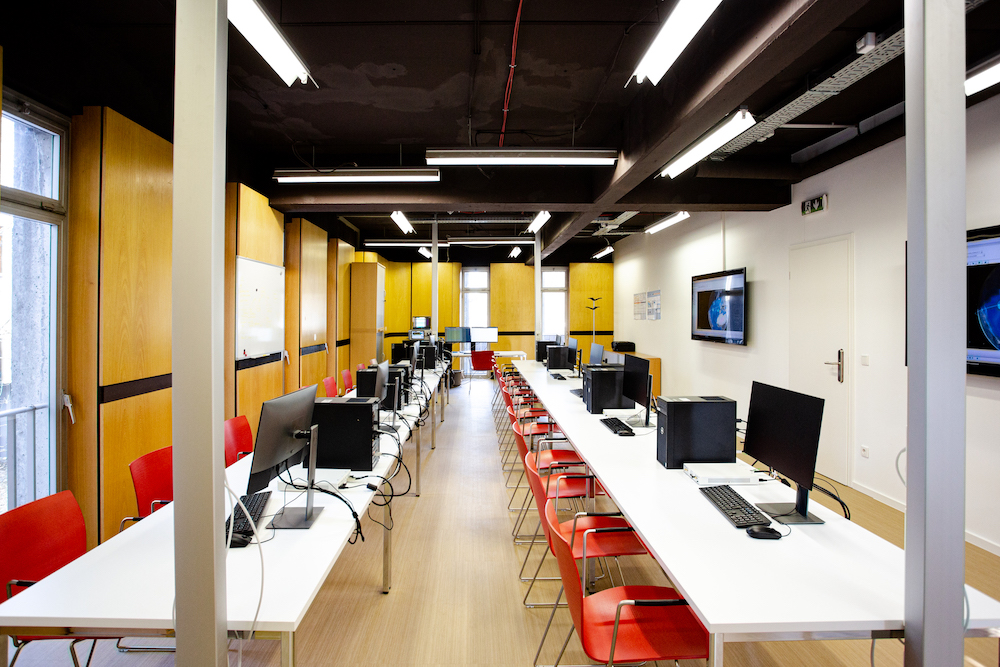
6GSpaceLab
The 6GSpaceLab gives researchers and students the opportunity to test and validate their algorithms in conditions that reflect the challenges and constraints of real-world communications platforms. It explores research topics such as precoded downlink beams, ISL data/payload synchronisation and DVB-S2/5G NR communication standards.
-
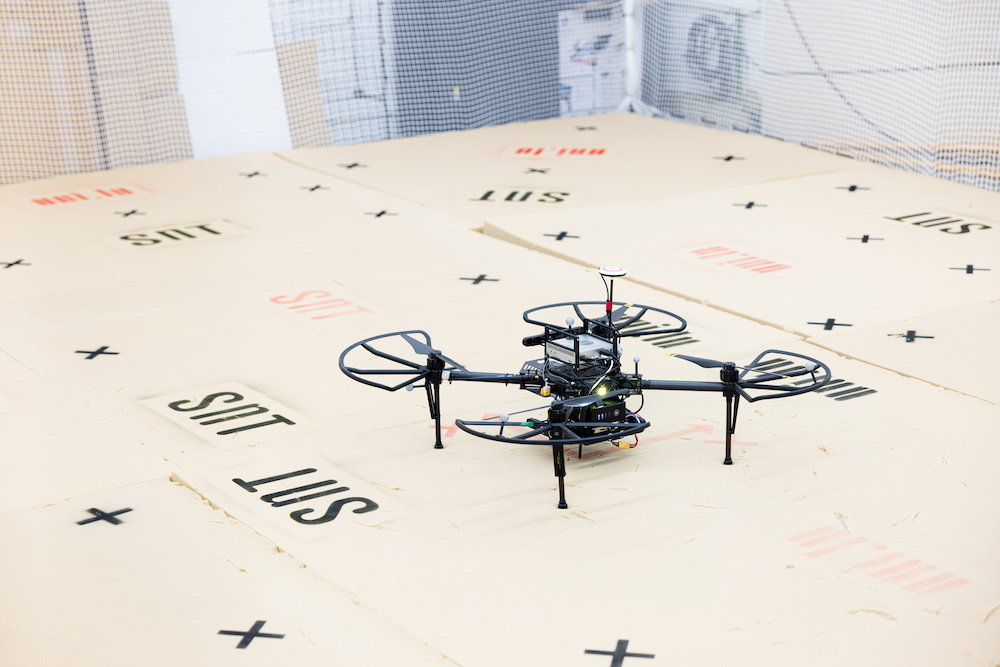
AeRoLab
A 5x5x5m flight arena comprising a fleet of multicopters and different types of sensors. This lab is also equipped with a motion capture system and allows to test, evaluate and validate autonomous navigation approaches on perception, state estimation, control and trajectory planning. This is a cooperation between SnT and the Faculty of Science, Technology and Medicine of the University of Luxembourg.
-
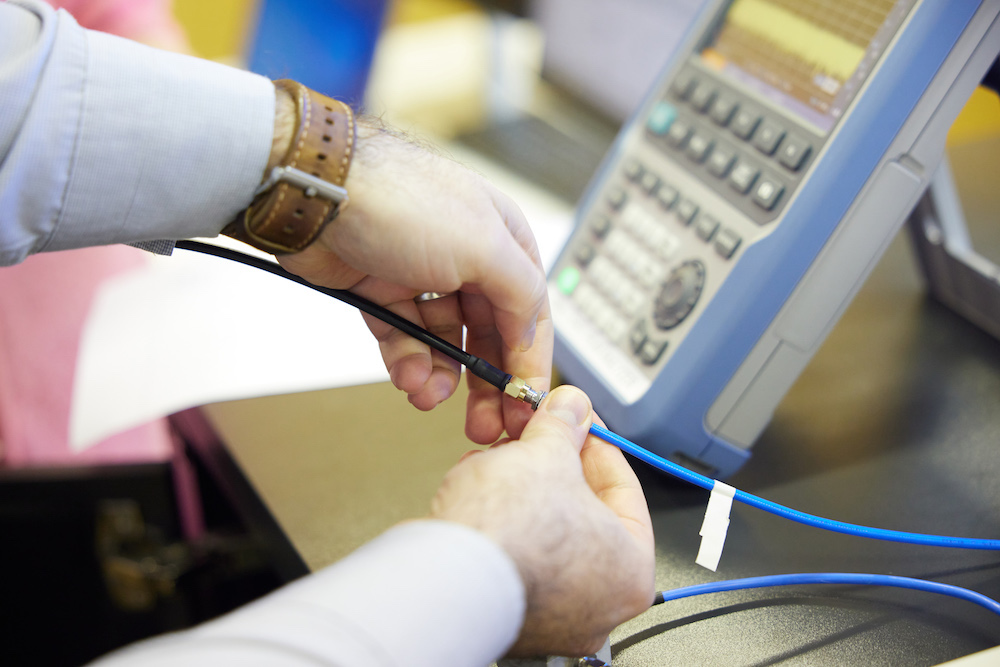
CommLab
The CommLab is used for research and testing of both satellite and terrestrial communication systems. Activities carried out in this facility are mostly focused on wireless communication systems to test and validate digital signal processing algorithms, while facing real implementation issues and constraints.
-
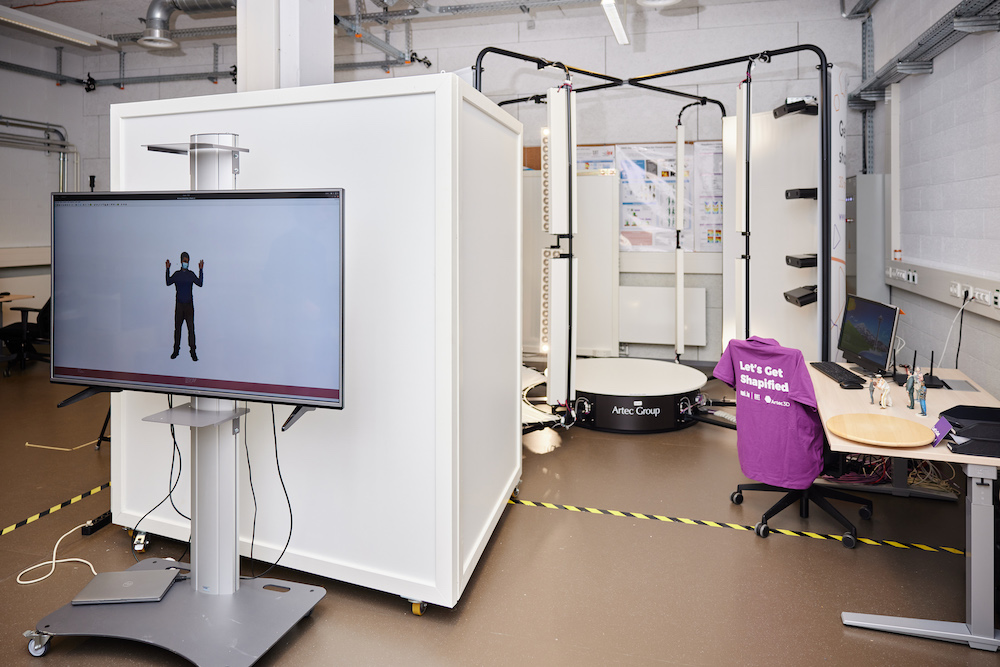
Computer Vision Lab
This lab provides state-of-the-art facilities for controlled measurements, testing, and validation, essential to support experimental research in computer vision and imaging. Research activities are focused on 3D sensing and analysis, with applications ranging from security to assistive computer vision for healthcare.
-
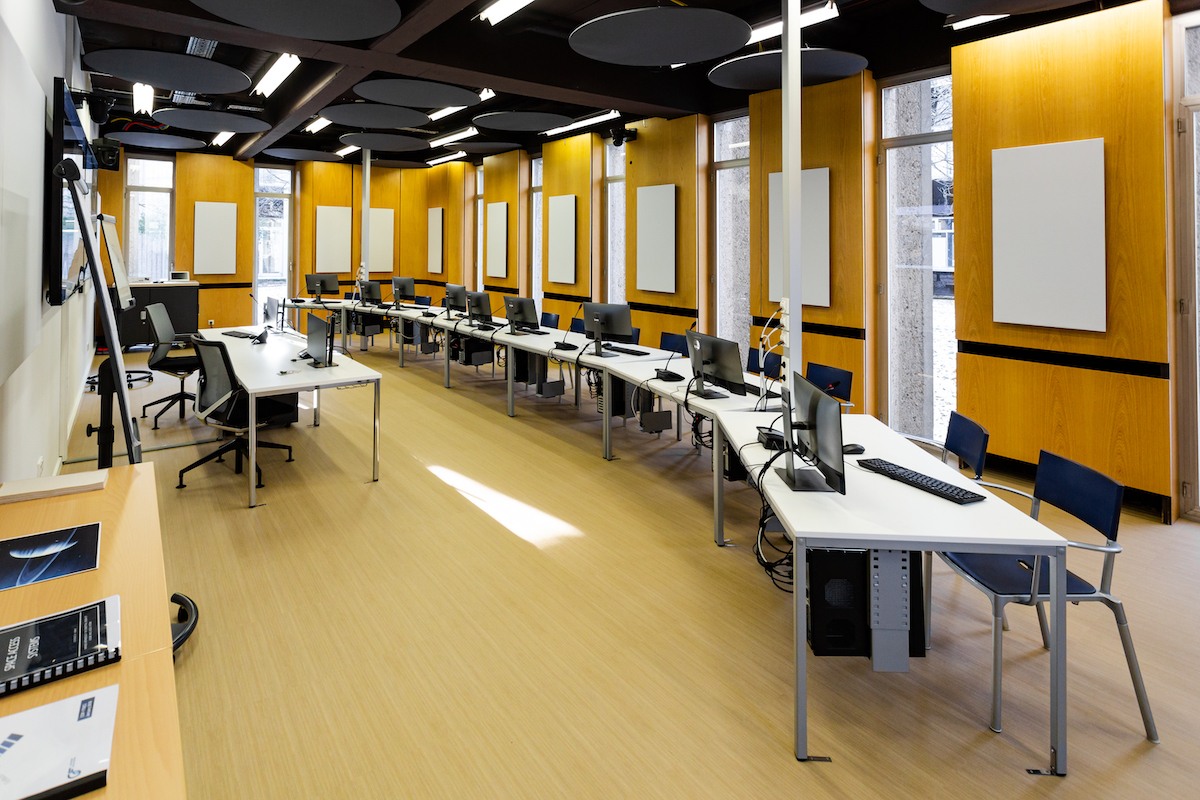
Concurrent Design Facility
Concurrent engineering is replacing traditional sequential design. Instead of having engineers work on their own, and in consecutive steps on a project, concurrent engineering calls for a collaborative and agile approach. They use connected workstations, and a flexible lab design that changes to suit applications such as space system design, strategic forecasting, space architecture, and feasibility studies.
-
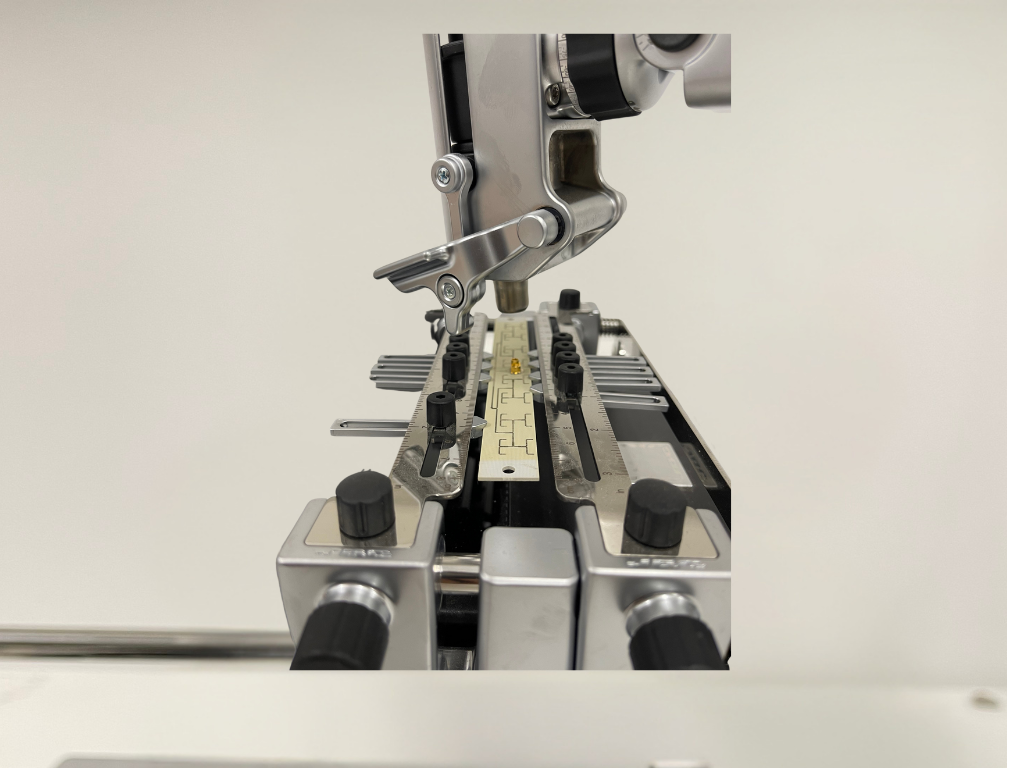
CSAT Lab
The CSAT Lab is a state-of-the-art research, manufacturing, and measurement facility dedicated to the design, fabrication, and characterisation of advanced antenna technologies. Our expertise encompasses phased arrays, frequency-selective surfaces, additive manufacturing of antennas, and dielectric lens technologies. The lab is committed to innovation and interdisciplinary collaboration, facilitating the development of cutting-edge solutions for modern communication systems.
-
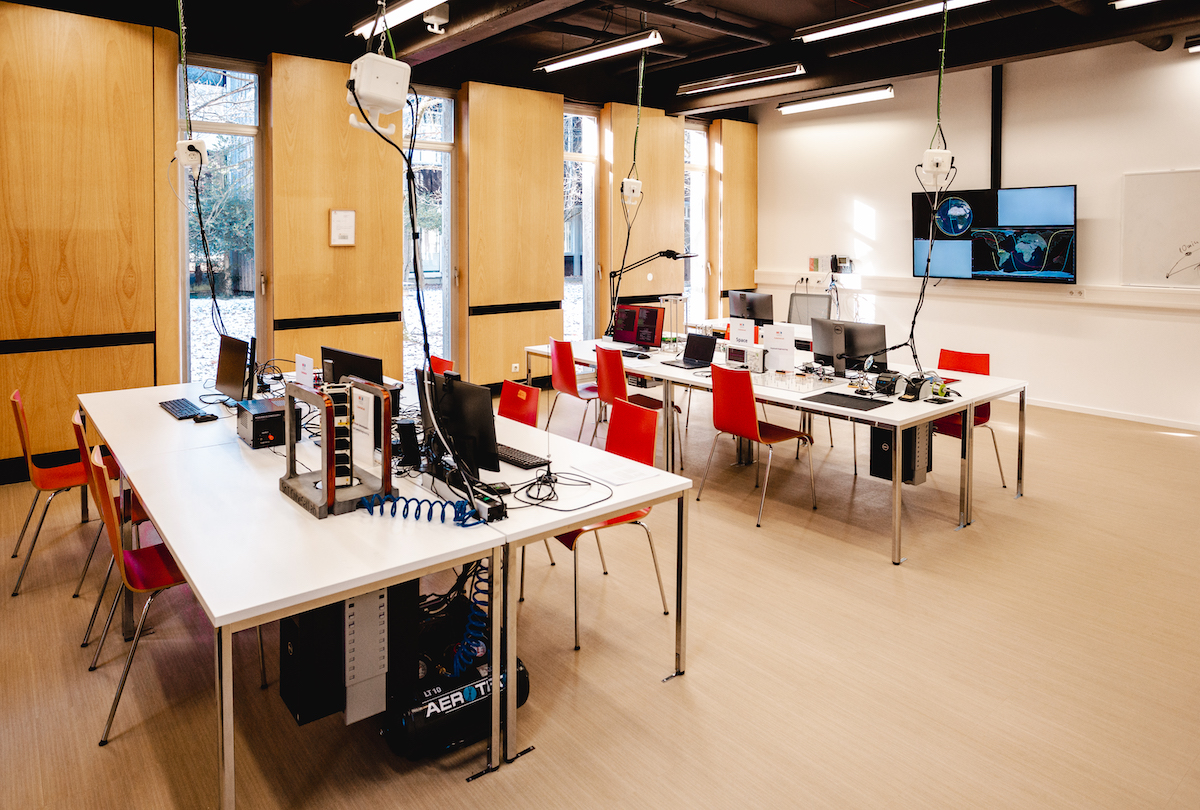
CubeSatLab
CubeSats are the catalysts of the NewSpace industry. Thanks to the countless applications they lend themselves to, and their reduced cost, these nanosatellites have spurred a new space race. In this lab, researchers and Interdisciplinary Space Master students can design, develop, and test their own custom nanosatellites.
-
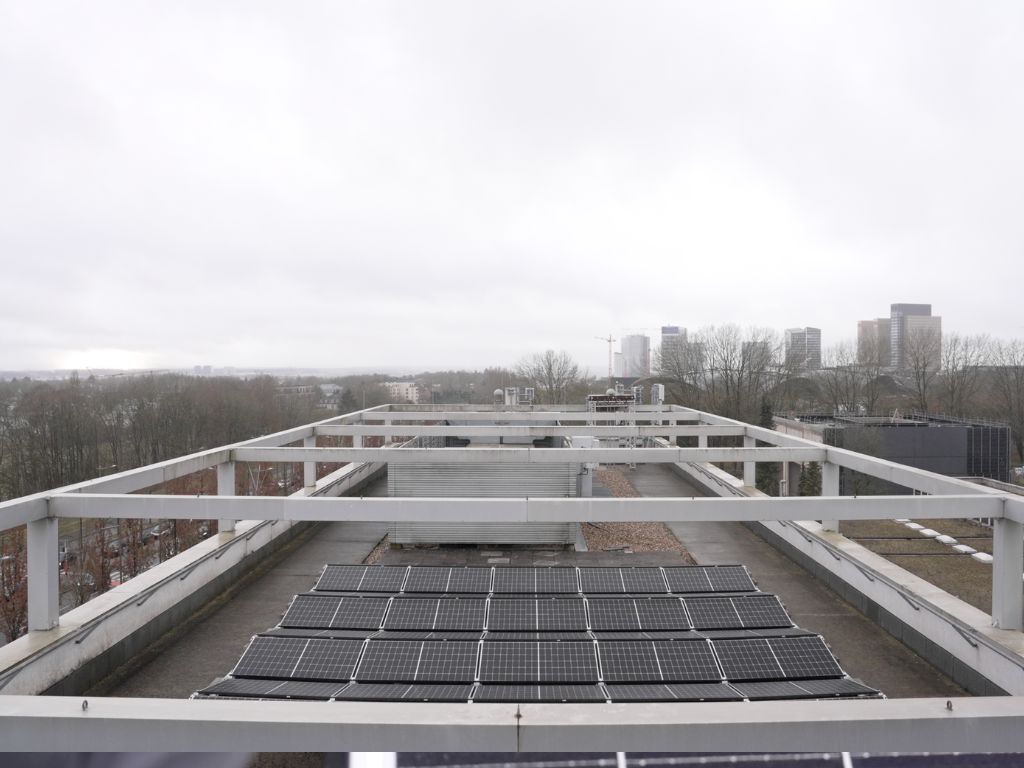
EnergyLab
The Interdisciplinary EnergyLab is an advanced research facility dedicated to accelerating the energy transition. Designed as a living lab, it combines real-world experimentation with cutting-edge research, transforming the SnT building into a dynamic testbed for sustainable energy solutions.
-
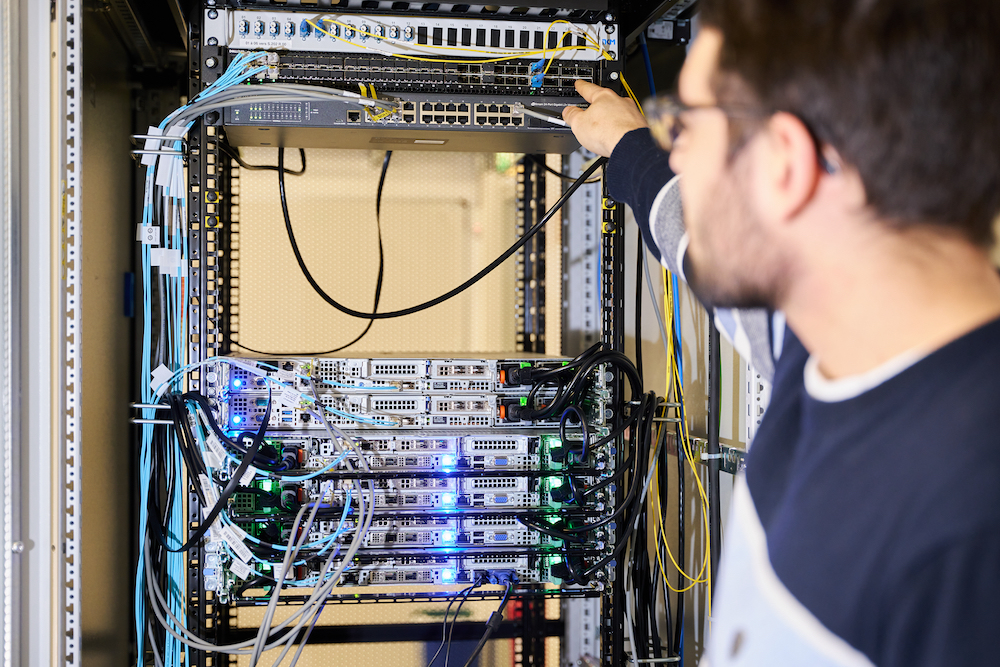
HybridNet Lab
HybridNet Lab is dedicated to in-lab development and validation for advent orchestrations of large-scale autonomous and heterogeneous network systems. It is interconnected to other labs, enabling wider experiments and interdisciplinary research validations.
-
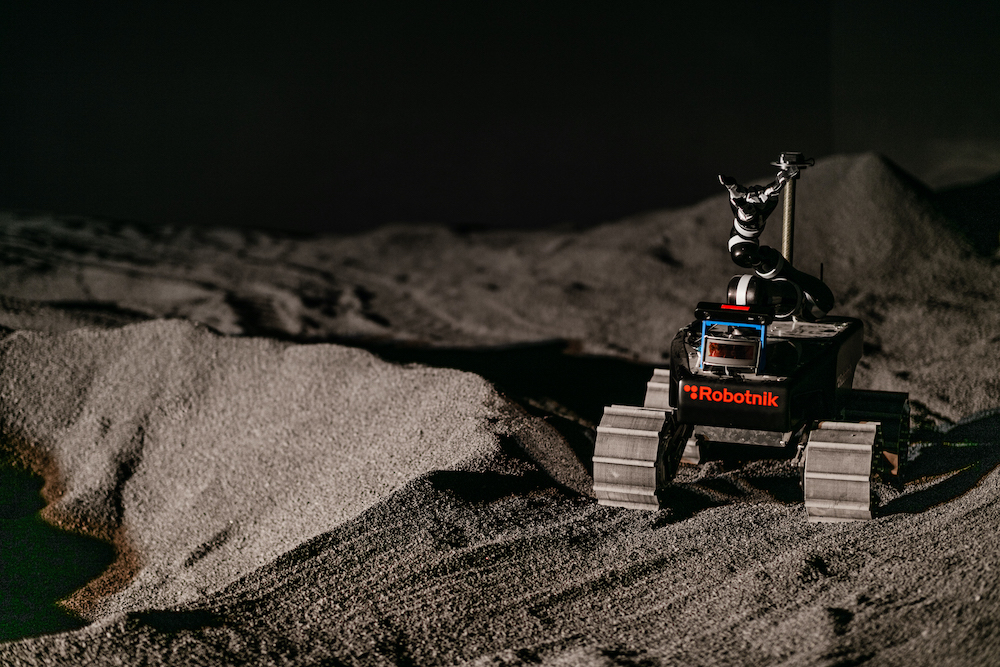
LunaLab
The LunaLab is one of the few facilities in the world that simulates lunar conditions for testing applications such as autonomous navigation of lunar robots, multi-robot interaction, lunar surface extraction, manipulation and transportation, additive manufacturing and regolith analysis.
-
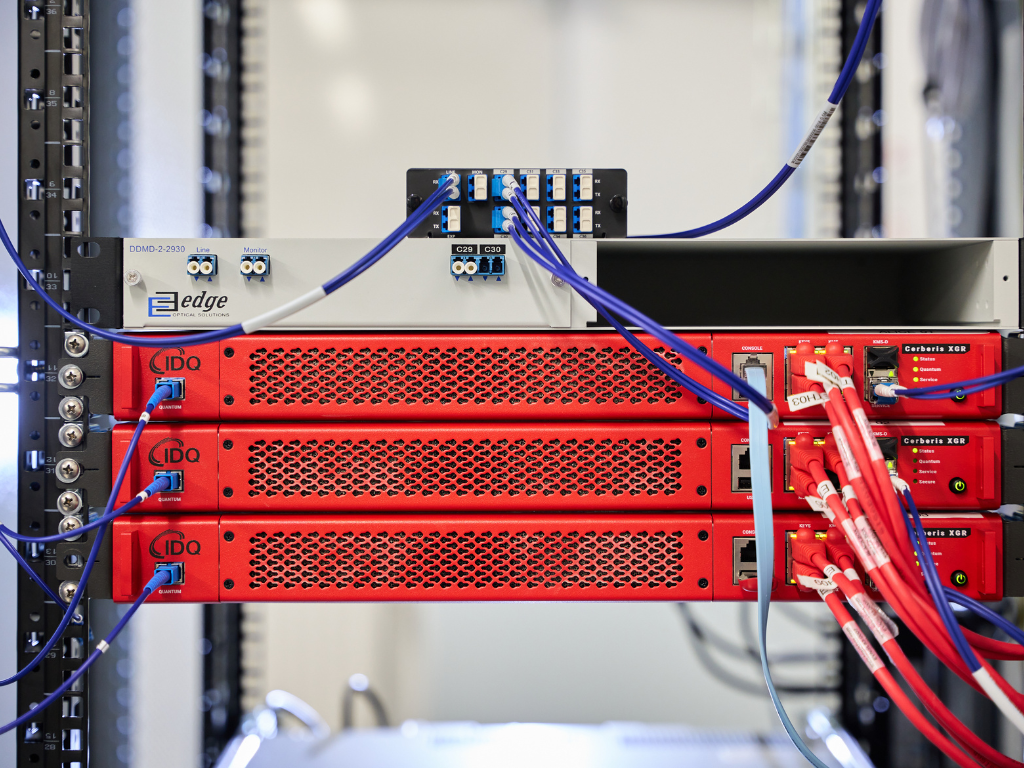
QCI Lab
The QCI Lab focuses on researching quantum key distribution (QKD) to protect systems against quantum computing-enabled attacks. It supports research across all layers of quantum communication networks, including software, cryptography, networking, signal processing, and optics.
-
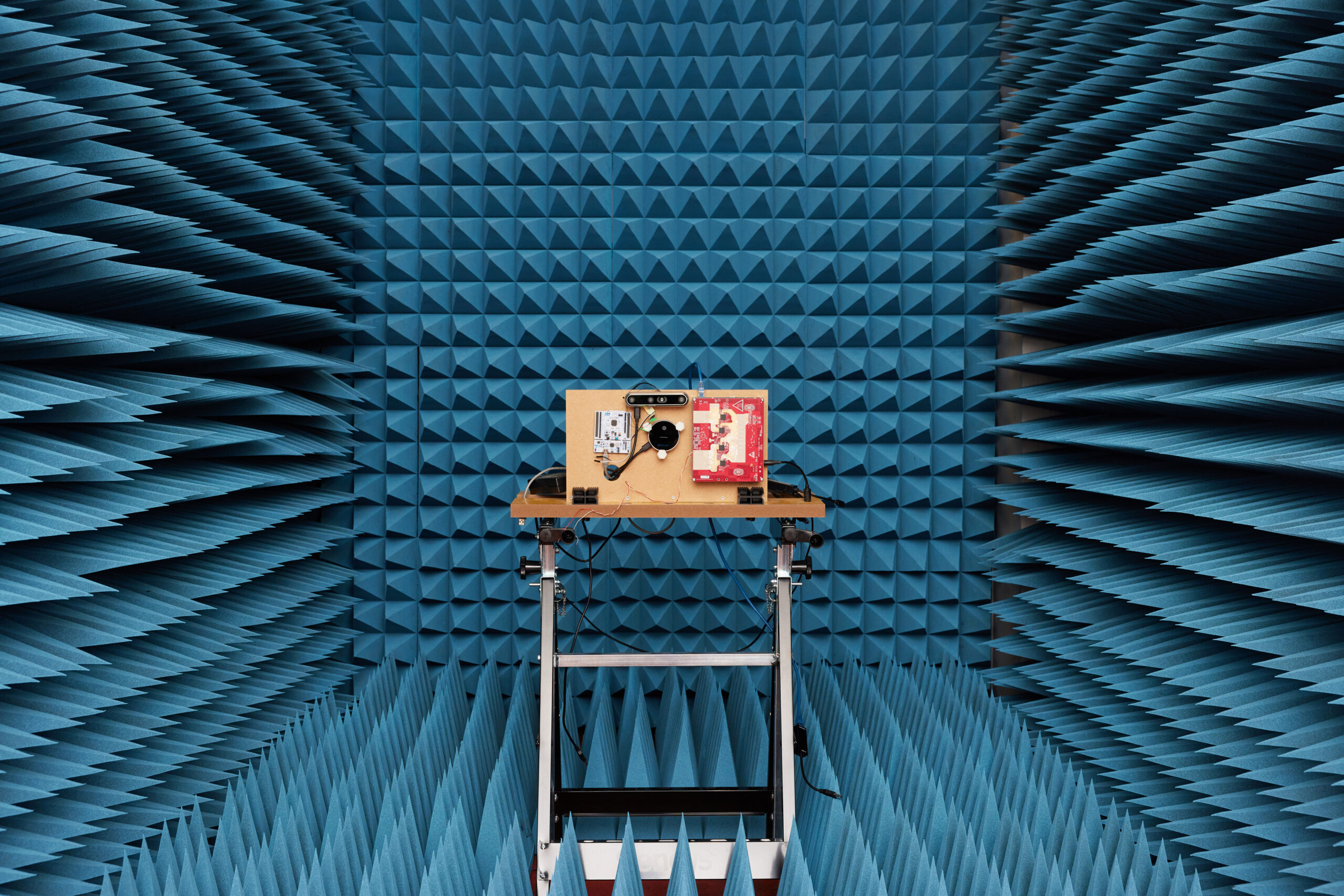
Radar Lab
The Radar Lab focuses on implementation of optimised signal processing strategies for modern radar systems. It also demonstrates how radar systems are being used in new ways, such as for contactless vital sign monitoring and integrated radar and communications systems.
-
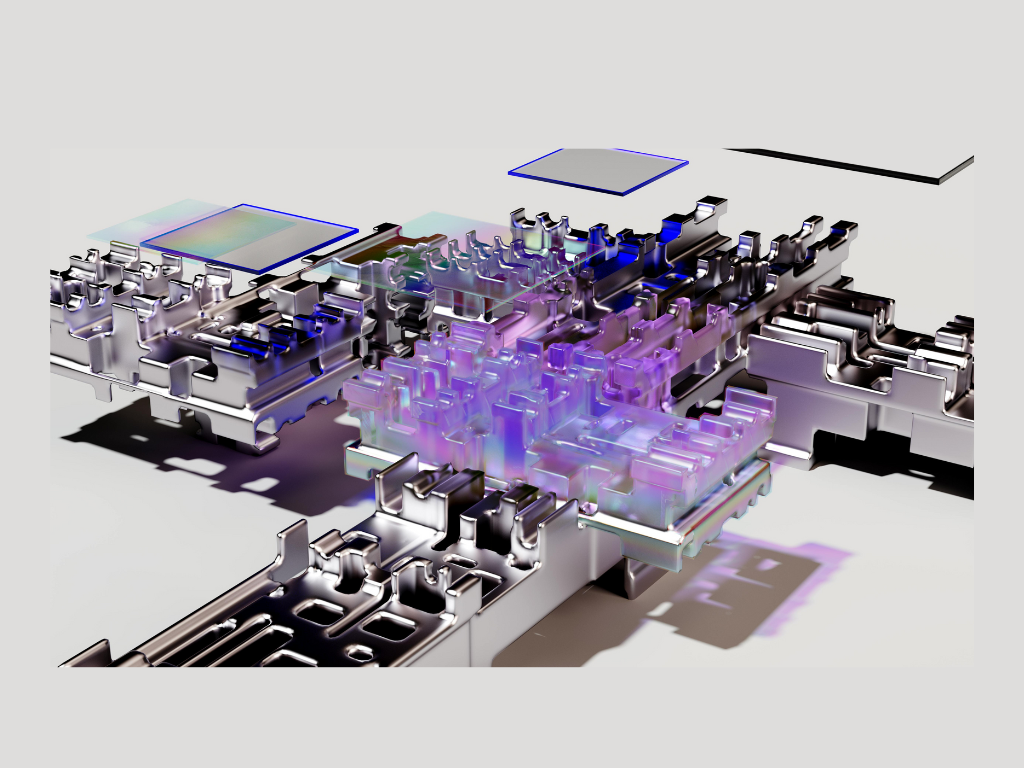
TelecomAI Lab
The TelecomAI-Lab is a research facility committed to advancing the convergence of artificial intelligence (AI) and telecommunications, with a particular emphasis on neuromorphic computing and AI-driven innovations for next-generation communication networks.
-
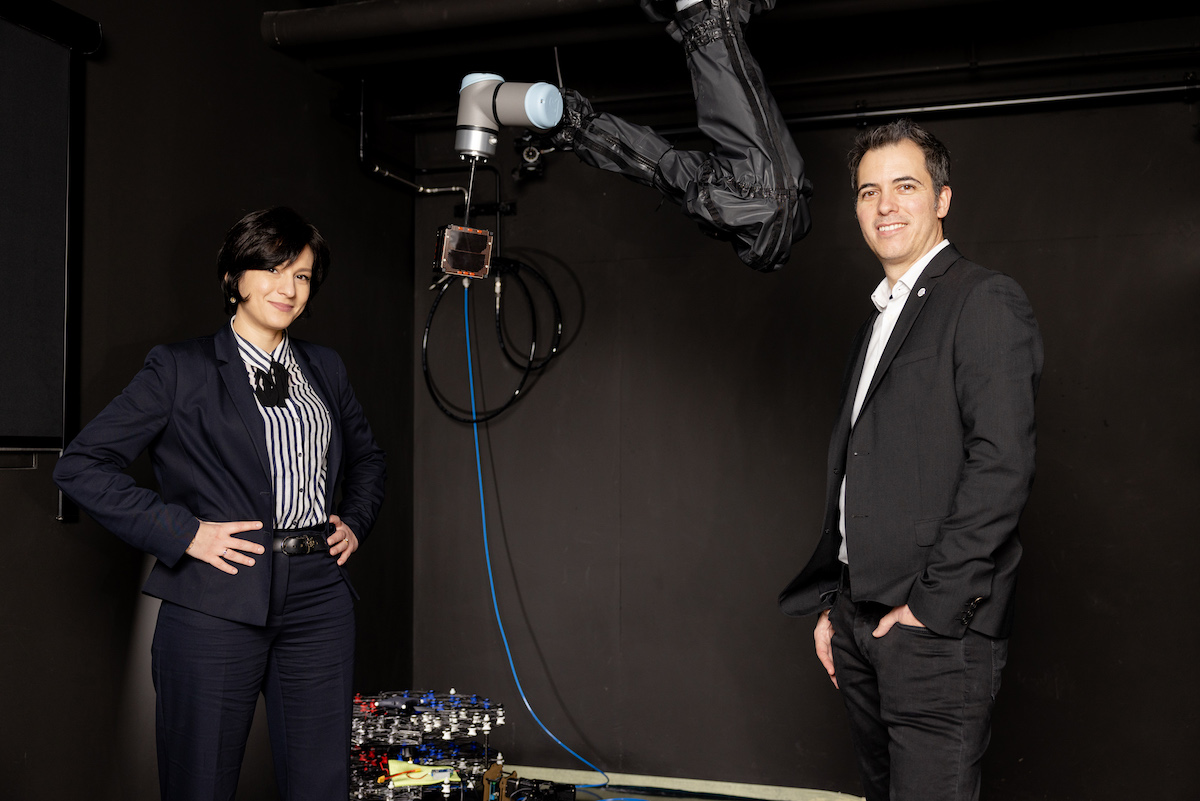
Zero-G Lab
A lab to test the movement of in-orbit robotics, satellites and other spacecraft in a micro-gravity environment – similar in concept to an air hockey platform. It enables students and researchers to understand and forecast the behaviour of orbital robotics in space.